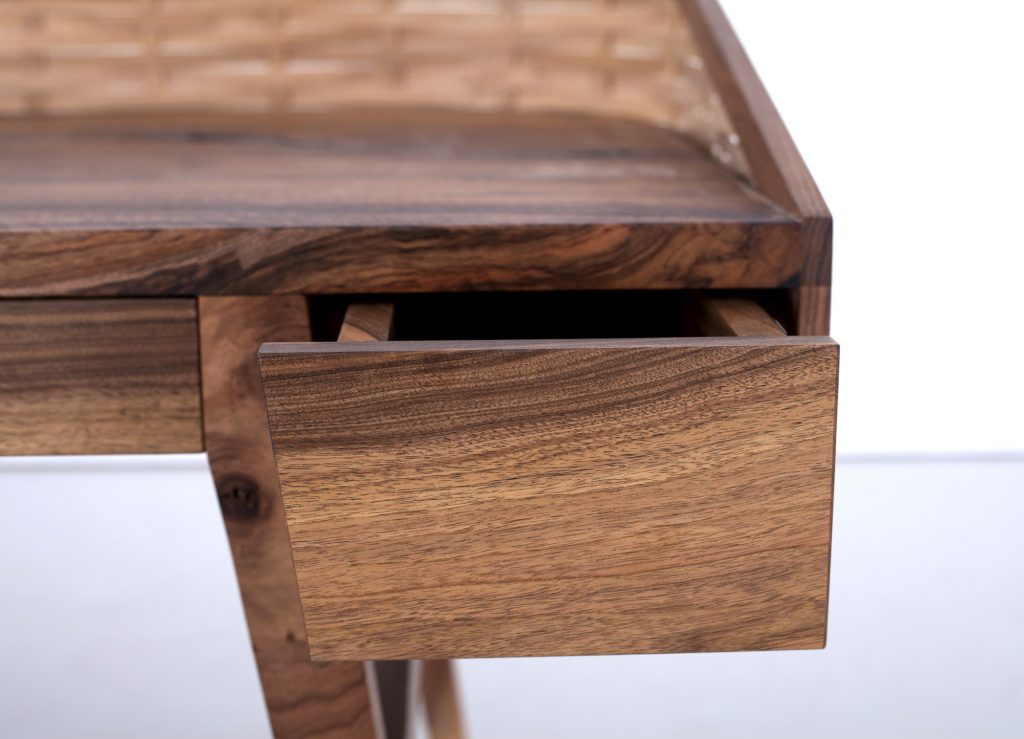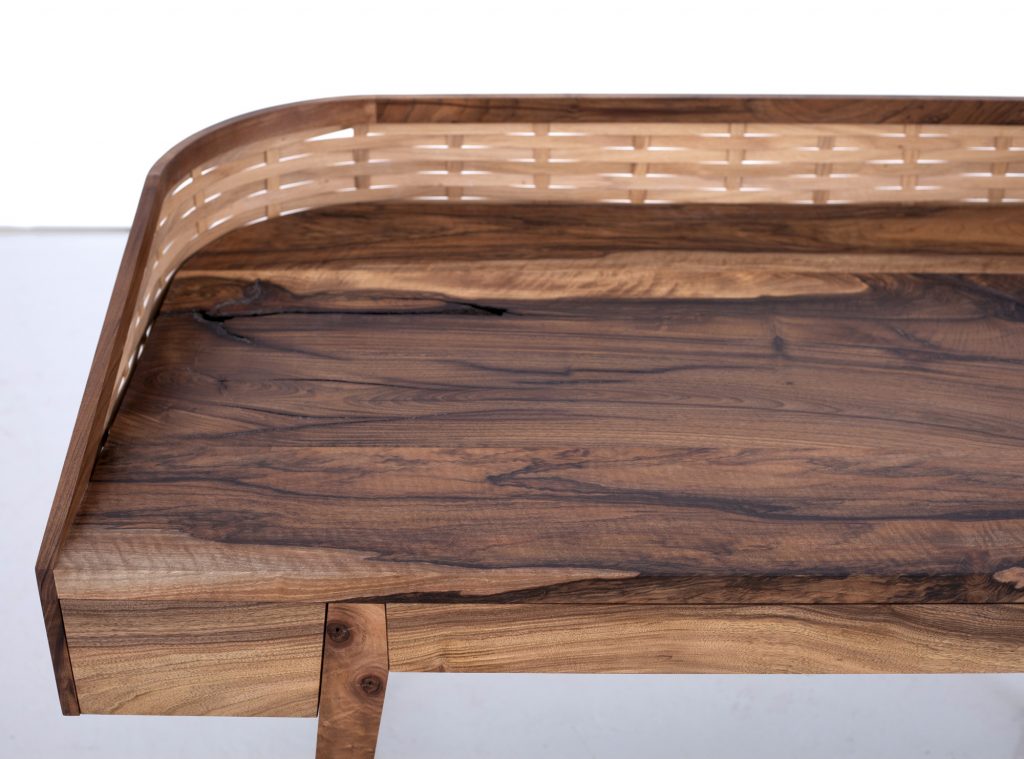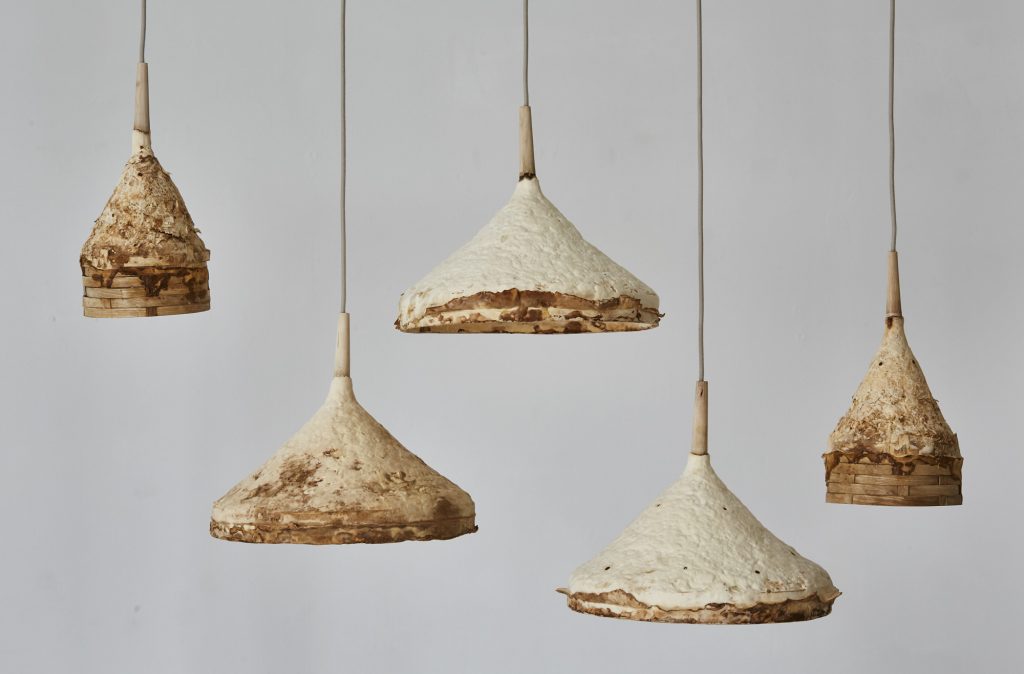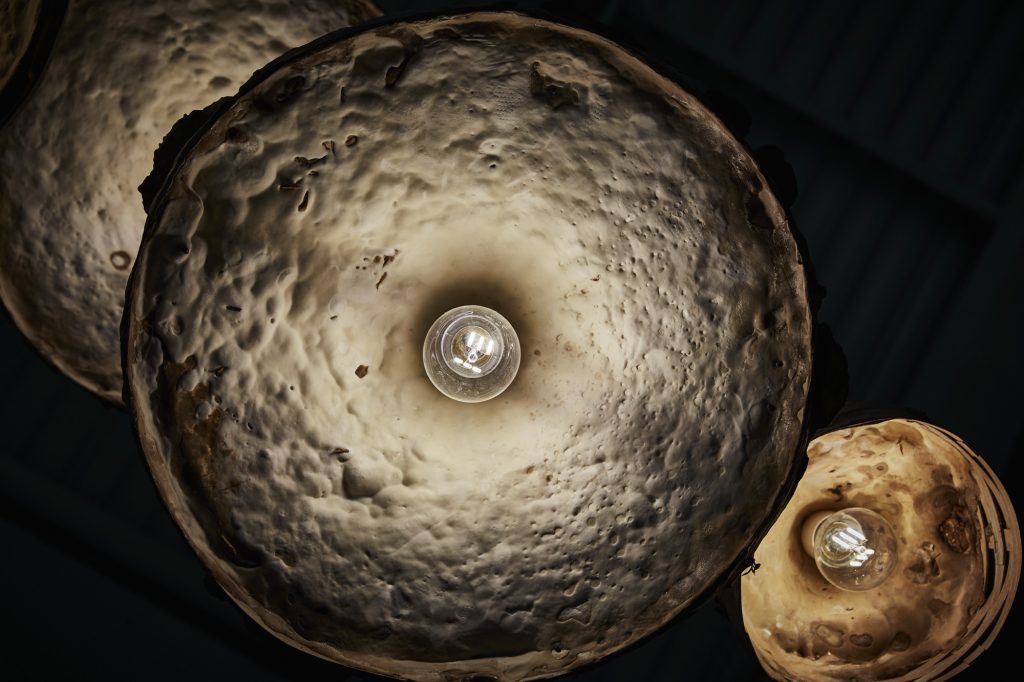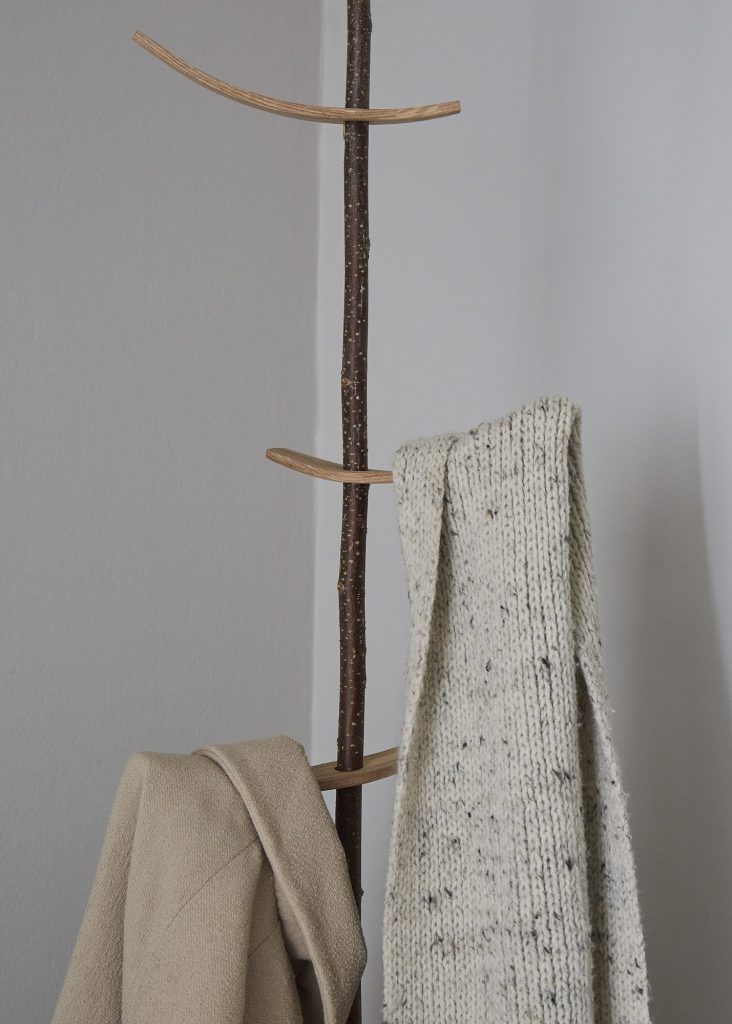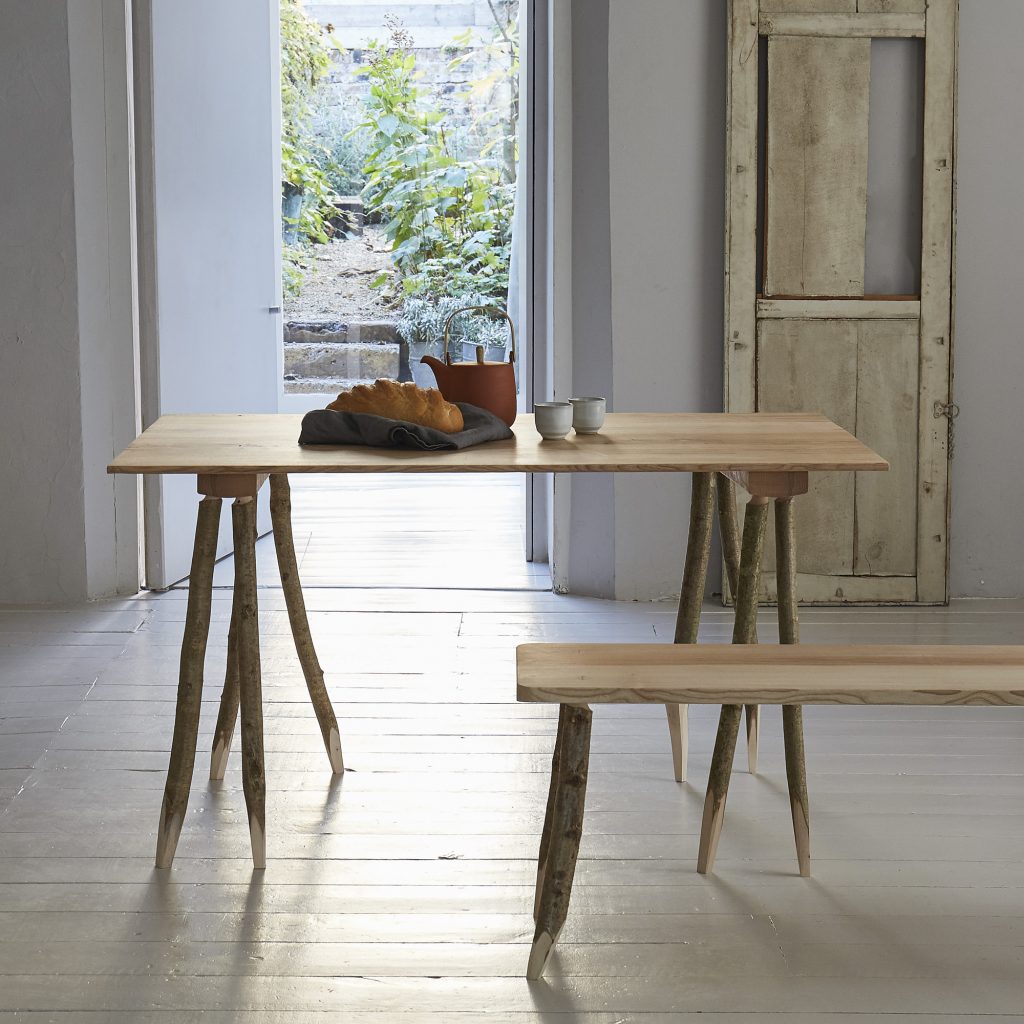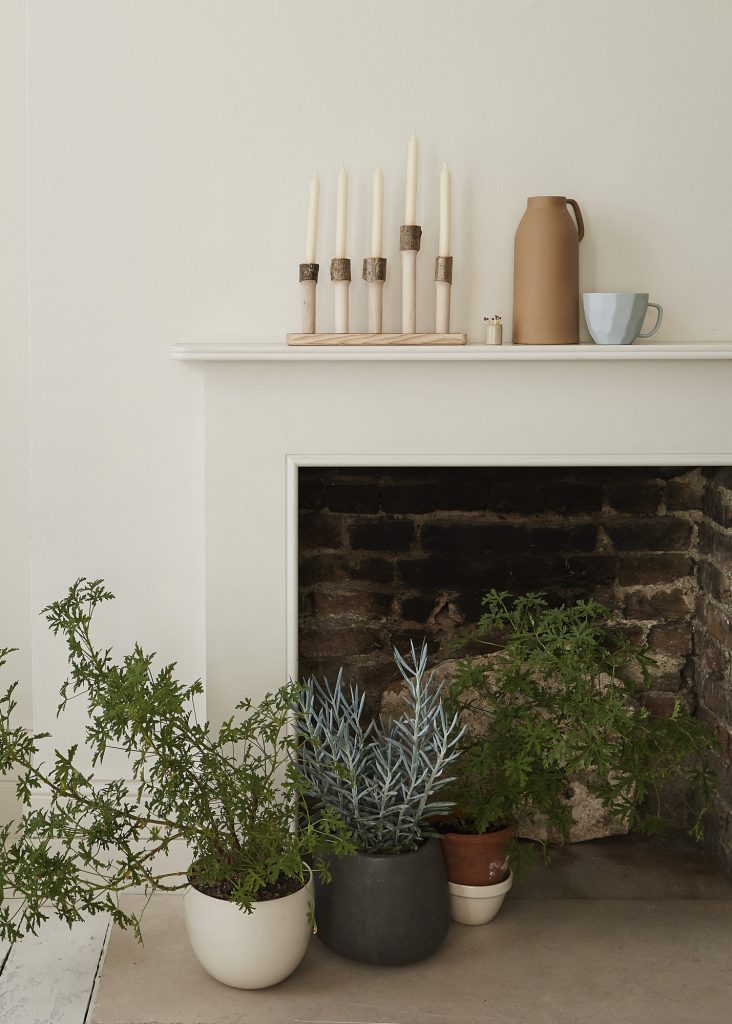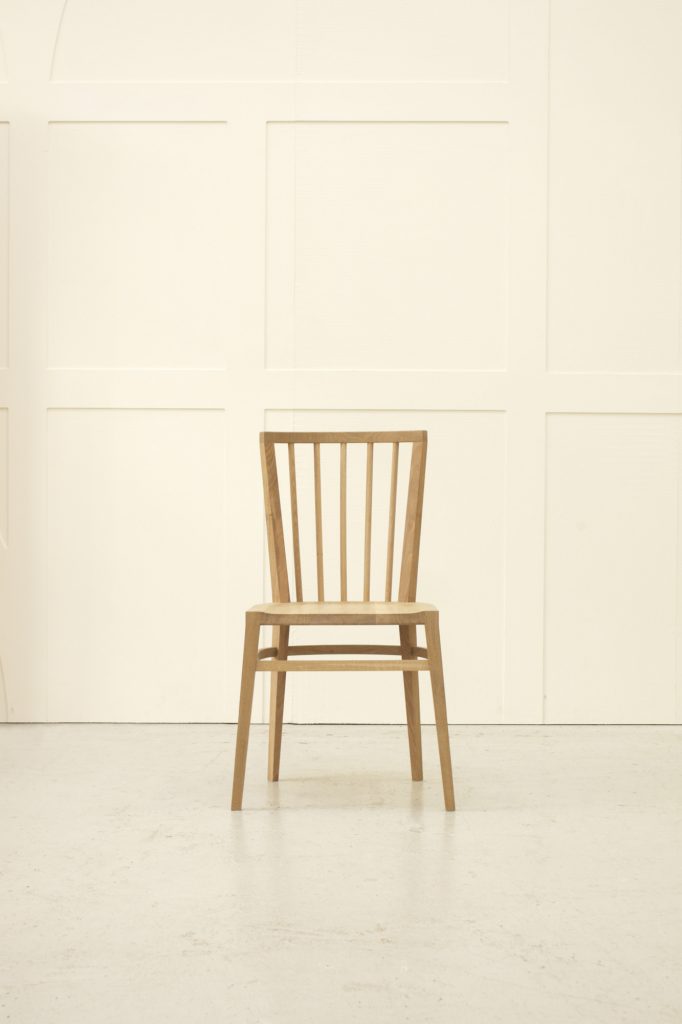Sebastian Cox: Shake Trees
British designer Sebastian Cox has built a successful furniture company around the idea of a tightly controlled artisanal production model that cuts out the middleman and allows nature to inform every step of the process.
Wood isn’t commonly thought of as sustainable. The sheer scale at which heavy industry fells trees for the production of paper and other timber products makes it seem like this material is untenable when it comes to green construction and furniture design. But things are changing. Though the reality of deforestation is a clear and present threat in the fight to save the planet, a restored understanding of how this natural resource can be responsibly managed has spawned new renewable approaches to the extraction of wood.
For British designer Sebastian Cox, it’s a question of sourcing the material locally and resourcefully. The entrepreneur has built a successful furniture company around the idea of a tightly controlled artisanal production model that cuts out the middleman and allows nature to inform every step of the process. Statement pieces like the fungus-based Mycelium lighting collection join bespoke furnishings and accessories. Cox spoke to TLmag about how he drew on traditional craft methodologies to formulate his future-proof design business.
TLmag: Talk about your background. How did you develop this approach?
Sebastian Cox (SC): My bachelor’s degree in design had a strong focus on craftsmanship; a level of understanding that has played an integral part of my identity and livelihood. Being able to work with your hands provides you with a closer connection to material but also a sense of control over process. Tied up in craft is the reality that everything around us has been designed. During the course, I quickly became aware of the responsibility designers have to improve the world.
I went on to pursue a master’s degree in sustainability, which allowed me to reconnect with my lifelong affinity for wood. I grew up in Kent, an agricultural county in the UK, and spent my childhood playing in its many forests. I began to see the potential of this natural resource, the narratives and traditions it carries. I trained in different woodland management techniques and learned that wood could absorb CO2.
The inspiration for my thesis came from a visit to a timber yard that primarily sold imported wood. It seemed strange as I had passed acres and acres of forest on the way to this site. This realization became the crux of a design problem I wanted to solve. I tried to create systems in which we could source wood in a more direct and resourceful way. By actually managing woodlands and removing dead wood, you help create new biodiversity and restore growth. These discoveries became the foundations of our company.
TLmag: How did you surmount the challenge that often comes with folding-in new sustainable procedures into an economically viable business?
SC: The challenge is what made this venture interesting. Having to apply my research into a profitable brand pushed me to reappraise the materials our industry usually employs and only to use what nature wants to give us. Discovering how fungus works as an organic polymer in the forest inspired the Mycelium lamp series.
What’s different about our business structure is that we mill our own wood. It’s not easy to become virtually integrated from the outset, but if you only start with a few people, you can be very resourceful and open to acquiring new skills. By cutting out the middleman and relying on resources that are readily available in your immediate surroundings, you can focus on providing quality at a reasonable price point.
Part of the challenge is also convincing our customers that so-called imperfect British wood, often sourced from the ground in our woodlands, is a good option. Creating a demand for a material that would otherwise have little to no market requires excellent storytelling skills. Our statement pieces help in this regard.
TLmag: Talk about how this approach is part of a bigger movement.
SC: What the recent pandemic has revealed is that the large global systems we’ve relied on for so long are flawed and expensive to maintain. We end up paying the cost of cheap food and products in other ways. If the world were able to move to a series of smaller production systems, it would be beneficial for all those involved, restoring our environment but also our health is a paramount concern.
A growing number of self producers are reviving and elevating craft traditions by being highly resourceful and localized in their approach, carefully considering the full lifecycle of the products they create. For us, it comes down to using every possible piece of wood we source—creating smaller accessories from offcuts—and selling our wood dust as fuel.

